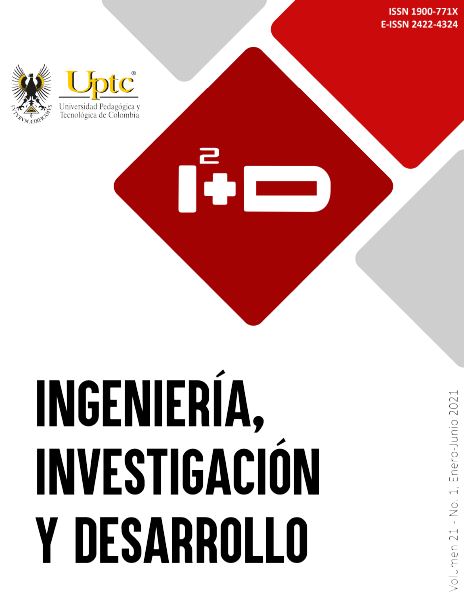Comparison of accelerograms and response spectra in media: soil and rock, Boyacá, Colombia

Abstract
Vibration control involves the measurement of these disturbances in a production blasting. If the registered level of vibrations is less than the criterion of prevention, the operating load may be progressively increased until the vibration intensities were equal to the maximum allowable value. In this sense, the analyses in this article serves as preliminary studies to establish a standard table of maximum load for delay times in relation to the distance to the structures to protect, speed and/or acceleration of the particle.
Keywords
geophysics, geoelectrical, vertical electrical sounding
References
- P. Allard “Etude des vibrations Engendrées par les Tirs de Mines", Scetaroute, Février, 1986.
- R. C. Barkley, et al. Ground and Air Vibrations Caused by Surface Blasting, N.T.I.S., 1983.
- G. A. Bollinger, Blast Vibration Analysis, 1971.
- J. M. Esteves, “Control of Vibrations caused by Blasting”, Memoria 498, Laboratorio Nacional de Engenharía Civíl, Lisboa, 1978.
- K. G. Hinzen, et al. A New Approach to predict and Reduced Blast Vibration by Modelling of Acelerograms and Using a New Electronic Initiation System. S. E. E., 1987.
- I.T.G.E. Manual de restauración de terrenos y evaluación de impactos ambientales en minería. España, 1994.
- J. Lleras Villaveces, Metodología para el análisis e interpretación de vibraciones ambientales. Tesis de Maestría. Ing. Civil. Universidad de los Andes, 1995.
- C. López Jimeno, Manual de voladura - Manual de minería en túnel y a cielo abierto, ETSIM Madrid, España. 1996.
- Normas Colombianas de Diseño y Construcción Sismo-Resistente (NSR-98).
- R. Tenreyro Pérez & C. Rafca, Fundamentos de la prospección sísmica. La Habana. Cuba, 1988.
Downloads
Download data is not yet available.
